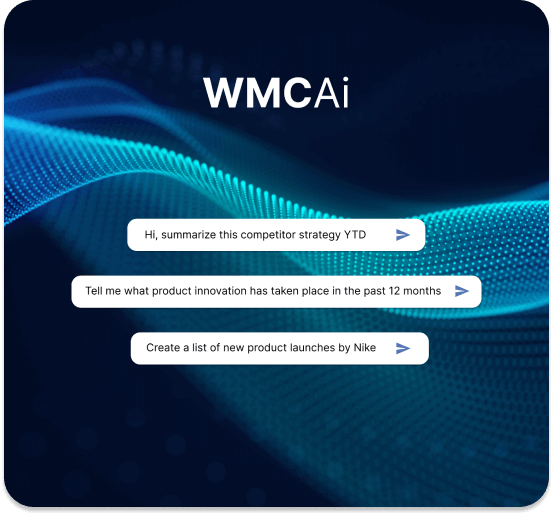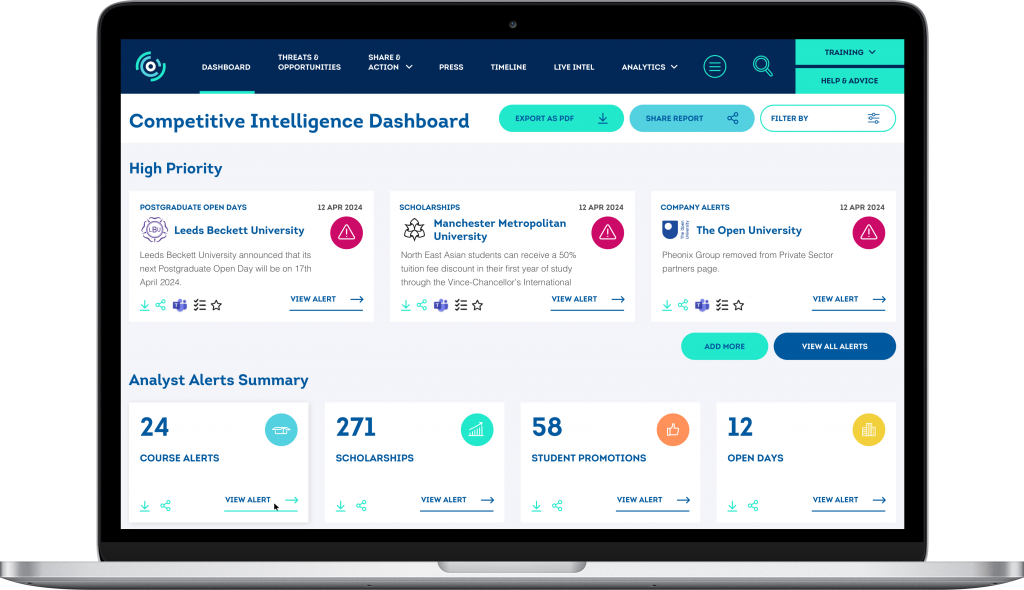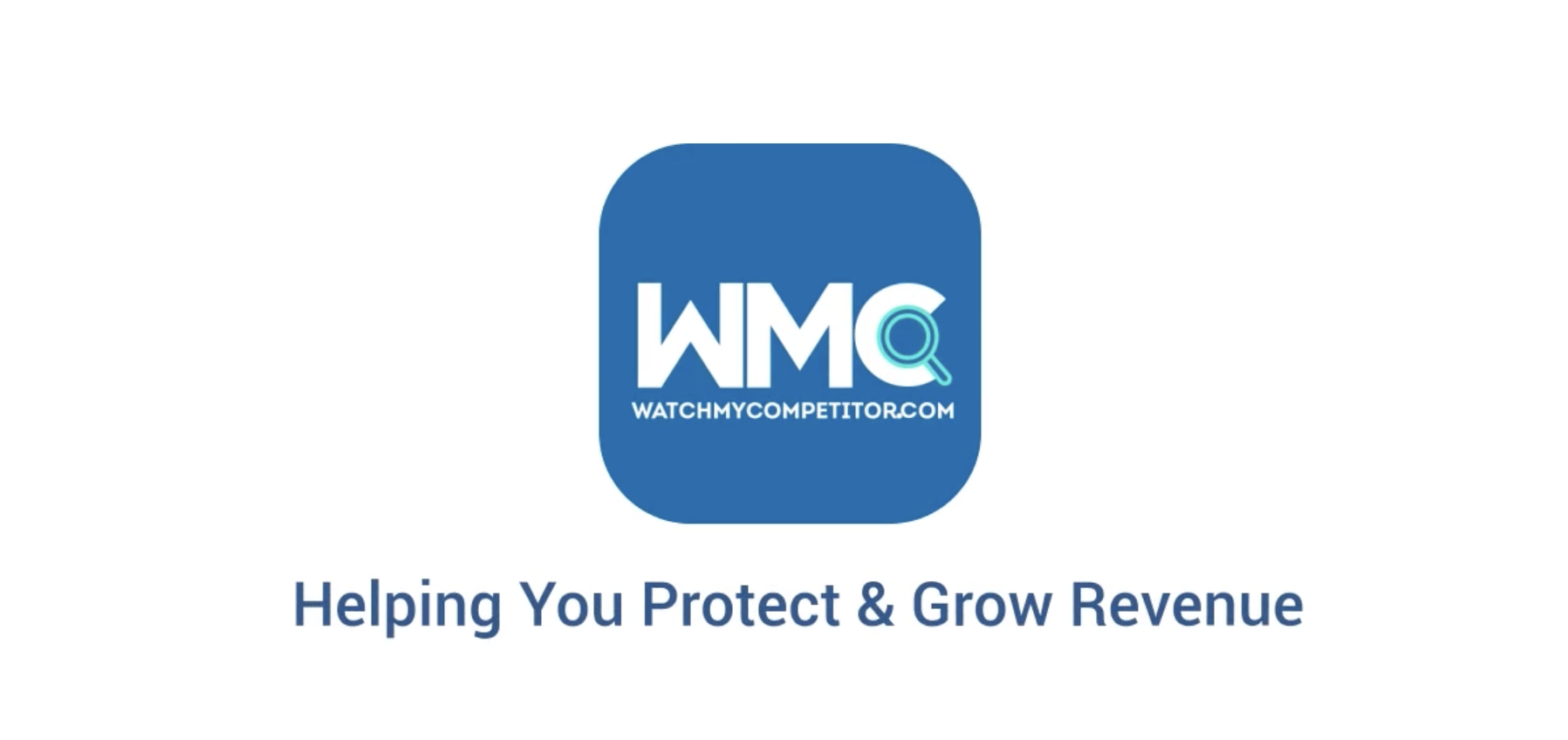Overview
This article underscores the importance for higher education institutions to develop comprehensive, data-informed marketing strategies that leverage digital platforms and storytelling to attract prospective students.
It focuses on the importance of understanding the target market’s preferences, utilising competitive intelligence, and continuously adapting marketing efforts to stay competitive in the increasingly digital landscape of student recruitment.
Introduction
With the landscape of student recruitment becoming increasingly competitive, higher education institutions (HEIs) must adopt a robust marketing strategy in order to attract new students.
A recent survey of 25,295 prospective students found that 63.5% of respondents considered general online research among the most useful sources of information when researching colleges or universities to attend.
Social media trends and a surge in digital engagement among prospective students, make it clear that traditional methods alone are no longer sufficient.
They’re utilising search engines, browsing through schools’ websites, and examining social media content to help guide their decisions. Another study found that more than 50% of potential students will research schools for over a year before they reach out for more information or apply.
This extended research window presents a valuable opportunity for HEIs to develop a comprehensive marketing strategy that reaches students early and consistently throughout their decision-making journey.

Understanding Your Target Market
As a marketing professional, understanding the demographics and preferences of prospective students is crucial for crafting targeted marketing messages that truly connect.
By leveraging data-driven insights, you can tailor messaging and marketing channels to resonate with each specific audience.
Case study: the USA versus UK
Let’s take the example of 2 important countries when it comes to higher education. Despite a common language, it’s important to realise that prospective students in the US and UK exhibit distinct preferences and behaviours.
For instance, according to a report by the Institute of Student Employers (ISE), US high school graduates value strong career preparation and financial aid opportunities.
Meanwhile, a study by the British Council reveals that UK students prioritise factors like program reputation, employability after graduation, and international study opportunities.
It should also be noted that in the US, international students from over 227 different countries make up nearly 6% of the total student body. And in the UK, the international student population has reached 373 600, with India, China, Romania, and Nigeria leading as countries of origin.
The preferences of this diverse range of students are just as varied as their cultural backgrounds — these preferences and demographics must be considered when developing your student recruitment marketing strategies.
Marketing Strategy For Student Recruitment: A Compelling Story
To effectively recruit prospective students, it’s essential to grasp who they are and communicate a narrative that engages and connects with them deeply.
It’s about crafting a story that is not just heard but felt, one that truly aligns with their expectations, aspirations, and values.
By intertwining the following elements, your institution’s story will not only attract attention but will also inspire action — turning prospects into applicants and applicants into enrolled students.
Remember, in the narrative of student recruitment, you are not just offering education; you are offering a journey that shapes futures.
1) Develop a unique brand identity
Your institution’s brand identity is the cornerstone of your story. It’s what sets you apart in a sea of options and creates a lasting impression.
To craft this identity, start by asking “What makes us unique?”.
Is it your cutting-edge research facilities, your commitment to social impact, or perhaps the success of your alumni network? This unique brand identity should be the beacon that guides all your marketing efforts.
2) Emphasise authenticity
Authenticity is the heartbeat of your story. Prospective students seek genuine connections and can quickly discern between marketing fluff and sincere communication.
Share real stories of current students and alumni, showcase the impact of your programs on individual lives, and let the genuine experiences speak for themselves.
3) Differentiate through value proposition
In a market where every institution boasts excellence, your value proposition should answer the question, “Why you?”.
Perhaps your programs offer unparalleled industry exposure, or your campus life provides a rich tapestry of cultural experiences. Highlight these differentiators with clarity and confidence.
4) Create visual & emotional appeal
A compelling story is also visually and emotionally engaging. Use powerful imagery and emotive language to paint a picture of the student experience.
Let prospective students envision themselves walking your halls, engaging in transformative projects, and becoming part of a community that champions their growth.
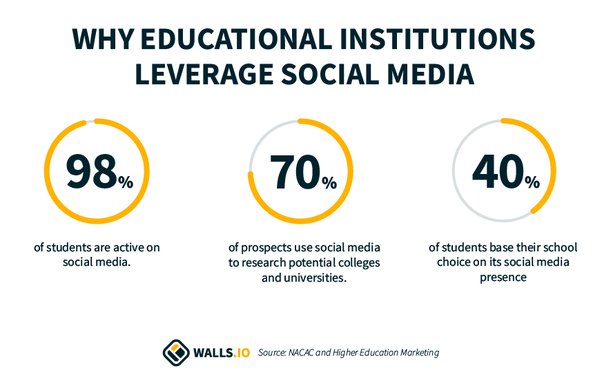
Leveraging Digital Marketing Channels
In the digital age, the success of student recruitment hinges on an institution’s ability to navigate and utilise digital marketing channels effectively.
These platforms are the battlegrounds where visibility is won and prospective students are engaged.
1) Social media: a gateway to engagement
Social media stands as a powerful gateway to connect and engage with students. Platforms like Instagram, Twitter, Facebook, and Tik Tok offer a direct line to the pulse of student interests and trends.
To leverage these platforms:
- Create engaging content: Use visually appealing posts, interactive polls, and live sessions to engage users.
- Utilise user-generated content: Encourage current students to share their experiences with a dedicated hashtag.
- Engage in conversations: Respond to comments and messages promptly to build a community around your brand.
2) Search engine optimisation (SEO): being found online
SEO ensures that your institution appears at the top of search results when prospective students are looking for their next educational step. To optimise your SEO strategy:
- Research keywords: Identify what prospective students are searching for and incorporate those terms into your website content.
- Optimise website structure: Ensure your site is mobile-friendly, has fast loading times, and a logical structure.
- Create quality content: Publish informative blog posts, student testimonials, research articles, and news updates regularly to keep your site dynamic and authoritative.
3) Content marketing: The art of storytelling
Content marketing is about telling your institution’s story in a way that informs, entertains, and educates your audience. To do this effectively:
- Develop a content calendar: Plan your content in advance to align with recruitment cycles and significant events.
- Diversify your formats: Use videos, images, infographics, podcasts, and webinars to cater to different learning styles and preferences.
- Measure & adapt: Use analytics to track engagement and adjust your strategy for better results.
How To Implement Integrated Campaigns
The synergy of online and offline marketing channels is pivotal in creating a seamless experience that broadens your reach and resonates with prospective students.
An integrated campaign ensures that every touchpoint a student encounters tells a part of a cohesive story that reinforces your message and drives them towards conversion.
Whether a student sees a digital ad, receives a mailer, or attends a virtual event, the core message should be consistent, clear, and compelling.
You should also recognise that each marketing channel has its unique strengths. For example, social media excels in engagement, SEO enhances discoverability, and traditional media helps establish credibility.
An integrated approach will leverage each of these strengths, ensuring that they complement rather than compete with each other.
Examples Of Marketing Strategies For Student Recruitment
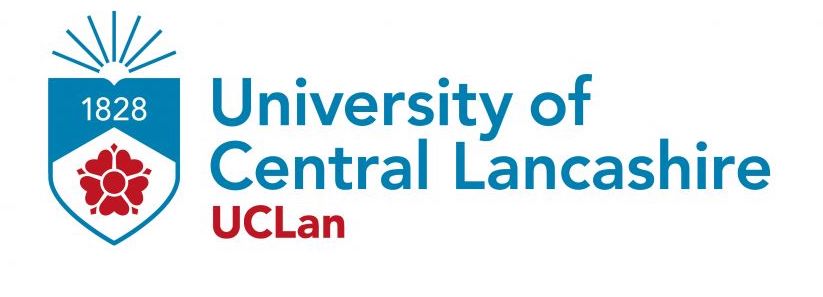
University of Central Lancashire’s student recruitment campaign: This campaign aimed to gain maximum engagement with both UK and international students. The strategy utilised a mix of digital assets and outdoor ads that resulted in an increase of 44.6% for undergraduate applications and an increase of 37.9% for international student enrolments.
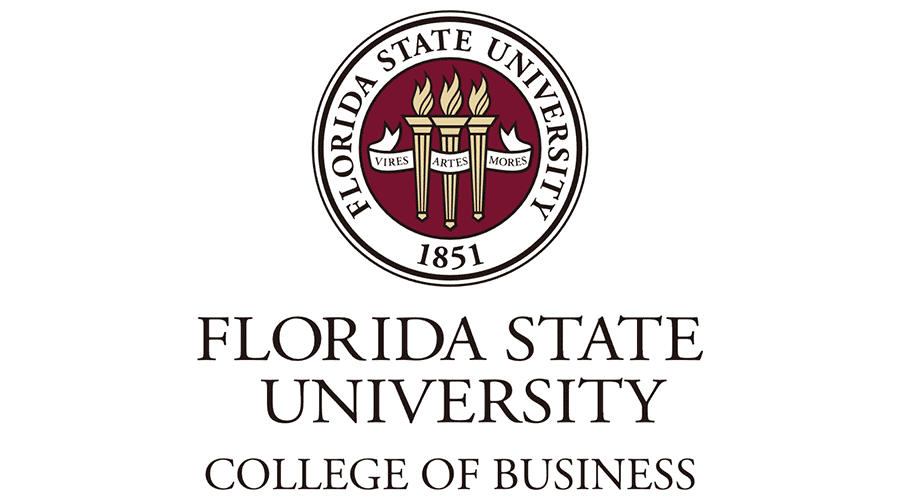
Florida State University College of Business’s higher education targeting campaign: This campaign aimed to increase exposure, drive traffic, and garner applications for their Masters of Business Analytics Program. The strategy included campus outdoor signage and location-specific geo-targeted digital ads that resulted in more than 1 million impressions.
Competitive Intelligence As Part Of Your Marketing Strategy
Competitive intelligence (CI) is an essential component in the development of any robust marketing strategy for student recruitment.
It provides a deep dive into the activities of competitors, emerging market trends, and shifts in consumer behaviour.
By incorporating CI into your marketing strategy, you can anticipate market movements, understand the strategic positioning of rivals, and uncover the preferences or expectations of your target audience.
Competitive intelligence equips you with invaluable insights and data for informed decision making, so you can gain a competitive edge and ensure marketing messages hit the mark with precision and relevance.
Concluding Thoughts & Recommendations
As we wrap up this comprehensive guide on crafting an effective marketing strategy for student recruitment, it’s clear that understanding your target market, telling a compelling story, leveraging digital channels, and implementing integrated campaigns are all pivotal.
However, the strategic incorporation of competitive intelligence truly completes the picture, providing the insights needed to refine and optimise your approach.
To ensure your institution remains at the forefront of student recruitment, consider these final recommendations:
Remain data-driven: Regularly update your strategy with the latest market data and student preferences.
Be authentic: Ensure your messaging reflects the true values and strengths of your institution.
Embrace flexibility: Be ready to pivot your tactics in response to new market trends and competitor moves.
Foster engagement: Create meaningful interactions with prospective students at every touchpoint.
Monitor & adapt: Continuously assess the effectiveness of your campaigns and make data-informed adjustments.
By integrating these recommendations, your marketing strategy will be well-equipped to meet the evolving demands of student recruitment in 2024 and beyond.




